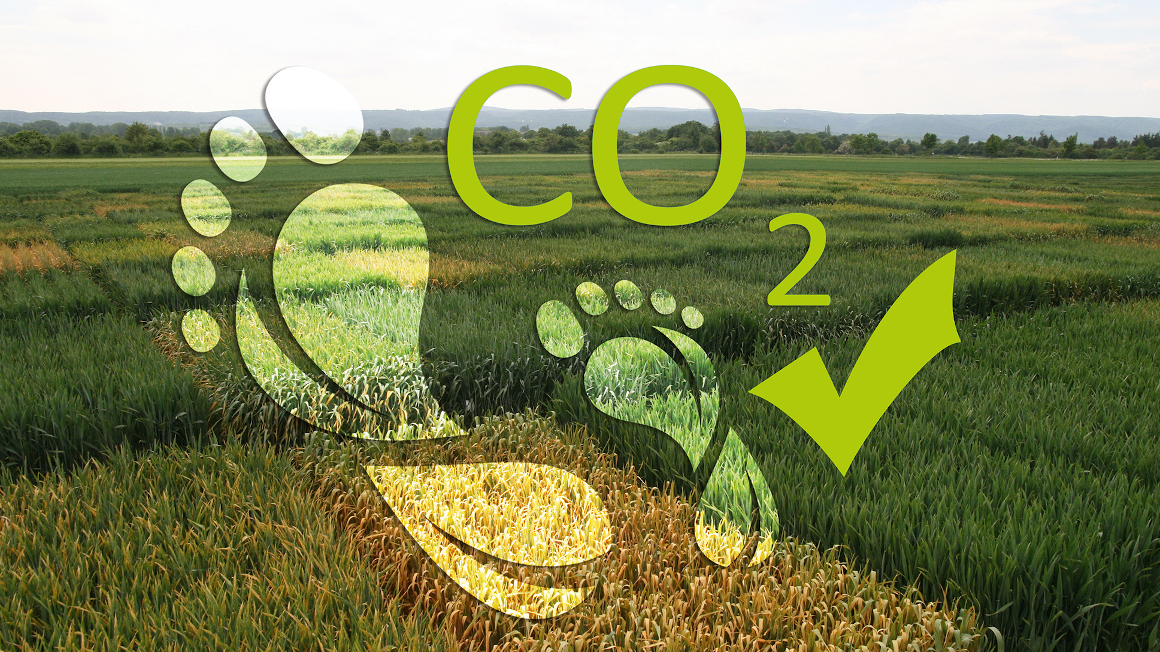Fungus-resistant cereal varieties contribute to climate protection
A new study concludes that breeding new wheat and rye varieties can significantly reduce agriculture's carbon footprint.

Fertilization practices, monocultures or animal husbandry are to blame: With a share of 8% of Germany's greenhouse gas emissions, agriculture is a major contributor to climate change. At the same time, the agricultural sector is feeling the consequences of global warming among the hardest. Thanks to the breeding of new varieties, agricultural productivity has been demonstrably increased. However, it was previously unclear what effect the advances in plant breeding in recent decades have had on the carbon footprint. Answers have now been provided for the first time by a study involving researchers from the Julius Kühn Institute (JKI), the University of Hohenheim and the Federal Office of Plant Varieties.
CO2 footprint lower for new cereal varieties
The study focused on new varieties of two of the most important food crops: Wheat and rye. Using life cycle analysis and other models, an extensive data set - based on the combination of tens of thousands of wheat and rye varieties from three decades - was examined for environmental conditions and cultivation measures. As a result, the researchers were able to clearly quantify the effect of plant breeding on climate change: "Compared to the varieties that came onto the market in the 1980s, today's wheat and rye varieties have a 13 to 23% lower carbon footprint," reports Ludwig Riedesel of the JKI.
Largest climate effect for fungus-resistant varieties
As the researchers report in the Journal of Cleaner Production, greenhouse gas emissions per hectare have increased slightly over the decades due to increased crop yields and associated higher crop residues and nitrous oxide emissions. However, this is more than offset by increasing yields per hectare, ultimately leading to lower emissions per kilogram of grain and thus an improved carbon footprint, they say. According to the study, the greatest climate effect came from breeding fungus-resistant varieties. Here, the CO2 emissions in the cultivation variants without the use of fungicides had fallen particularly sharply.
Less greenhouse gases in rye cultivation
The breeding effect was particularly high for rye: "In our study, we were able to demonstrate approximately 20% lower greenhouse gas emissions per hectare for rye compared to wheat and an approximately 8% lower CO2 footprint," reports Bernd Hackauf, breeding researcher at the JKI site in Groß Lüsewitz. According to the researcher, an expansion of rye cultivation could contribute to climate protection and sustainable cereal production.
Effective climate protection measure for agriculture
The authors are convinced that breeding new cereal varieties with a low carbon footprint is a very effective climate protection measure for agriculture. "Farms include improved varieties in their production portfolio without the need for extra incentives financed by taxpayers' money," says Til Feike of the JKI Climate Unit.
bb


